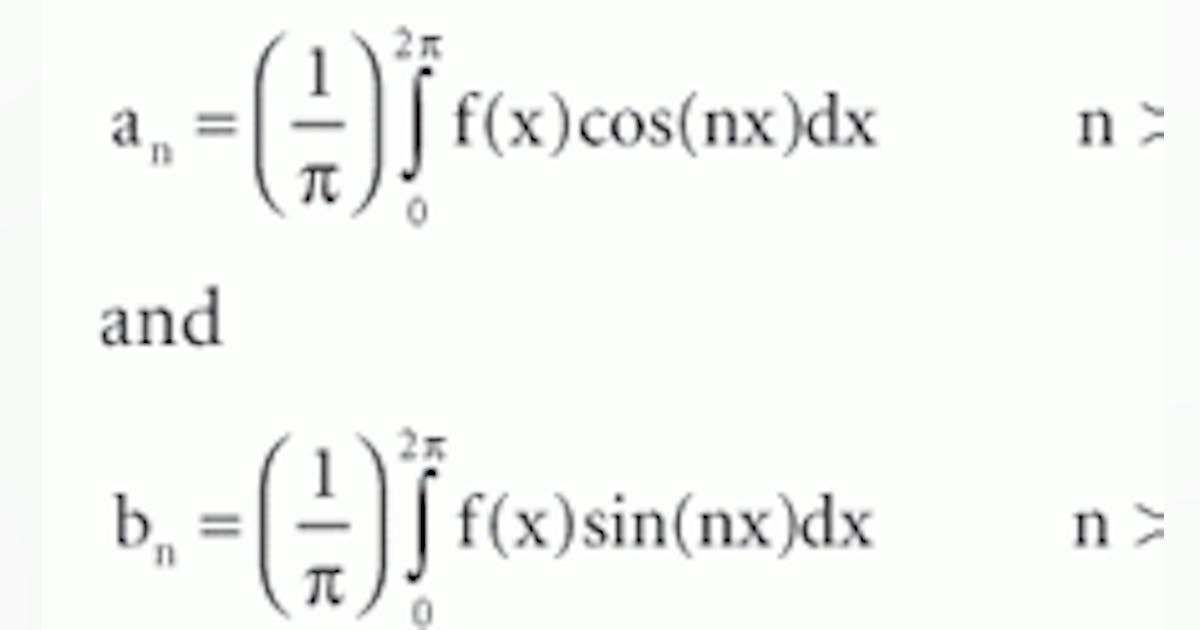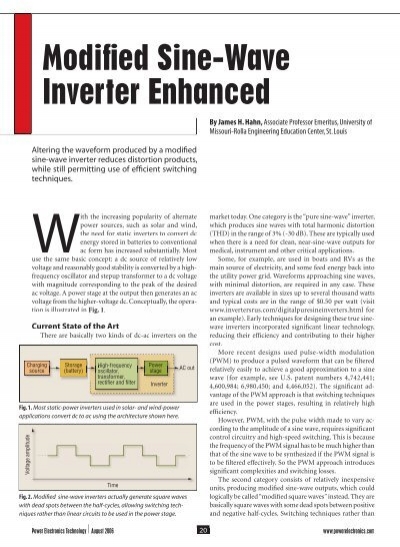This is just a variation on a modified sine wave inverter. The efficiency gains are primarily from eliminating magnetics losses, not from reducing the chopping frequency. It would be simpler to just have a 170V battery and use PWM to directly create AC mains voltage. At least that way you could charge the battery while the inverter is in use. Note I am not recommending doing this.I read through the instructible and here are my thoughts:
- It is not really practical for the typical home DIY, I would add more solar panels rather than add the complexity and complications of this design to get that ~5% to ~10% extra power.
- However, it is a very clever design. I like the out-of-box thinking. This type of out-of-box thinking is where the breakthrough changes in technology come from.
- As @BiduleOhm points out, there are similarities between this and some of the new solid state inverters that are coming out.
- At this point, it is more a proof of concept. There seem to be a lot of tweaks that would need to go into a final product.
- An interesting aspect of the concept is that you can use SW to make substantial changes to the frequency, voltage and wave-form of the output.
- It requires a separate charge controller for each battery bank. (This does not demand, but certainly implies a separate solar array for each bank. It would take a special charger design to use the same array for all 3 banks)
- Special care must be taken to balance match capacity of each battery bank to the needs. (And the associated chargers and Solar arrays for each bank)
- Some of the gains of the design are probably going to be lost in the extra chargers and potential over-paneling on one or two of the banks.
- It might be a good concept for a grid scale storage system where getting that last bit of efficiency is important and the batteries, chargers and arrays are can be tuned/designed to optimize for the concept.
- There is nothing inherently unsafe in the concept but care would need to be taken to ensure the design of the concept is safe.
- It does not use magnetics/transformers in the power conversion but:
- The instructible does discuss putting an inductor on the AC Output to limit surge current. (It did not sound like that has been
done in the prototype.)- I suspect the small transformer shown in the picture is for creating power for the control electronics.....but that is a guess on my part.
The transformer is what provides galvanic isolation which is absolutely required for safety and legal approval, so it's not like this is something you can just leave out. On the bench, as a experiment, do whatever makes you happy. But state and local code requirements apply to off-grid installations also. Kill somebody with this in your off-grid house and terms like negligent homicide are likely to come up.




